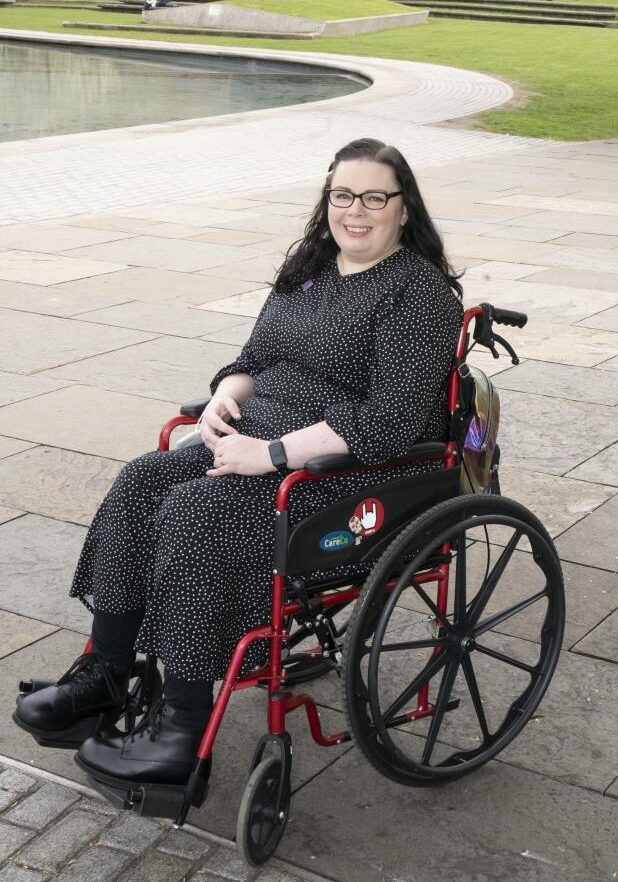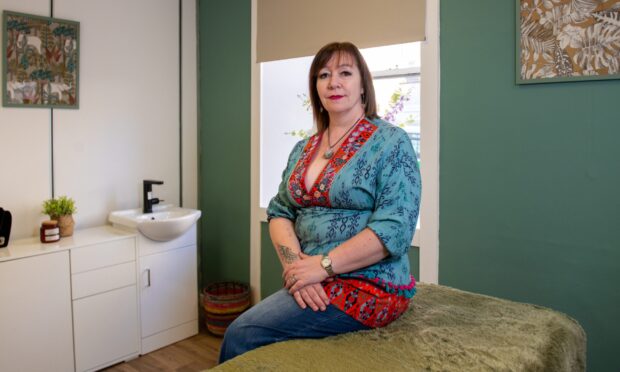A leading sepsis charity is launching a national awareness campaign with the Scottish Government after planned joint campaigns were paused due to the Covid pandemic.
More than 4,000 people die from sepsis every year in Scotland and the condition can kill a previously healthy person within hours.
Health secretary Humza Yousaf says the partnership between Sepsis Research FEAT and the Scottish Government will help save lives by increasing public awareness of the disease.
But do you know the signs and symptoms? Here, sepsis survivor Kimberley Bradley shares her story.
Sepsis occurs when the body’s response to an infection spirals rapidly out of control, injuring its own tissues and organs.
Mum-of-one Kimberley Bradley, 41, contracted sepsis in April 2019. She became unwell after an outing with husband Nathan on Easter weekend.
“We had enjoyed a walk along the beach, the weather was really lovely. We came home in the early evening and started making the tea,” Kimberley explains.
Shivery
“I felt very cold and shivery and assumed I’d maybe had too much sun.”
Kimberley, from Edinburgh, felt worse as the night went on and then started to vomit.
“I decided to go to bed and see how I felt in the morning. Nathan came in to check on me and I was worse.
“He was asking me questions and I was unable to speak. I was scared and thought I was having a stroke.”
Nathan called for an ambulance.
Kimberley continues: “I vaguely recall being put into the ambulance and then I was being told that it was eight days later and I’d been in an induced coma.
“I had meningococcal septicaemia which developed into sepsis with all my organs shutting down. I was shocked at how fast things happened and hearing how close I came to dying”.
‘Toes auto-amputated’
It was a very difficult time for Nathan and daughter Lucy, 16, and both have been a huge support during Kimberley’s treatment and recovery.
Treatment took place at home and at hospital where she had dialysis for her
kidneys, which have now fully recovered, and dressings on her hands, feet and nose
for necrotic tissue.
She says: “The wounds were dressed for a year as my toes auto-amputated. I then had surgery to amputate the three final toes”.

Kimberley is still receiving treatment and may need additional tissue on her feet removed, as it is continuing to turn necrotic.
Like many, she wasn’t aware of sepsis prior to her diagnosis but is encouraging
people to “trust your own instincts and let someone know if you feel ill”.
“If my husband hadn’t checked on me through the night, I wouldn’t have survived until the morning,” she says.
Colin Graham, Chief Operating Officer at Sepsis Research FEAT, says: “This year will see our largest campaign yet and we are very much looking forward to sharing it with the public this August.
“The more people across the country who are able to spot the key symptoms of sepsis in themselves and others, the more lives will be saved.”












